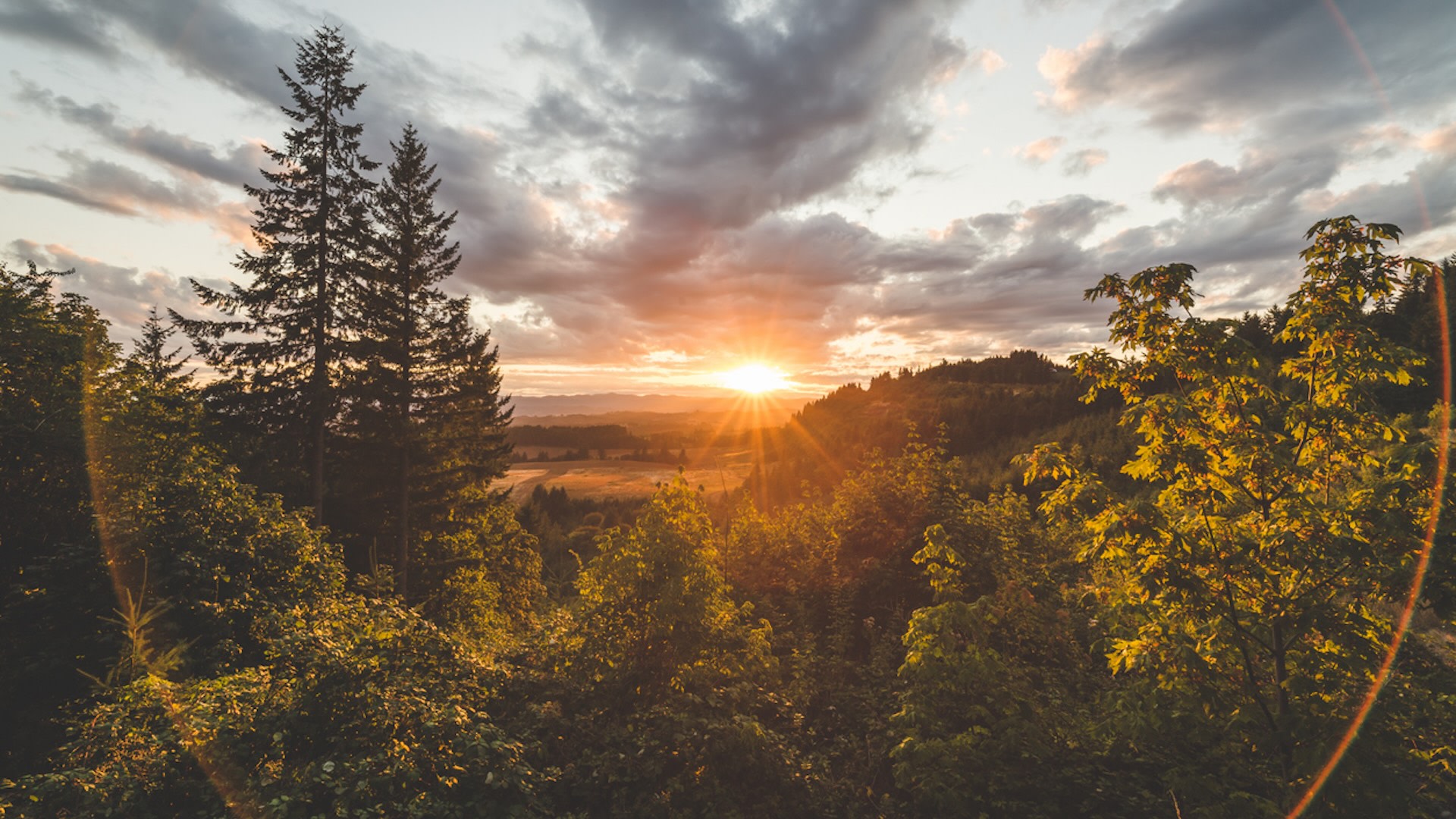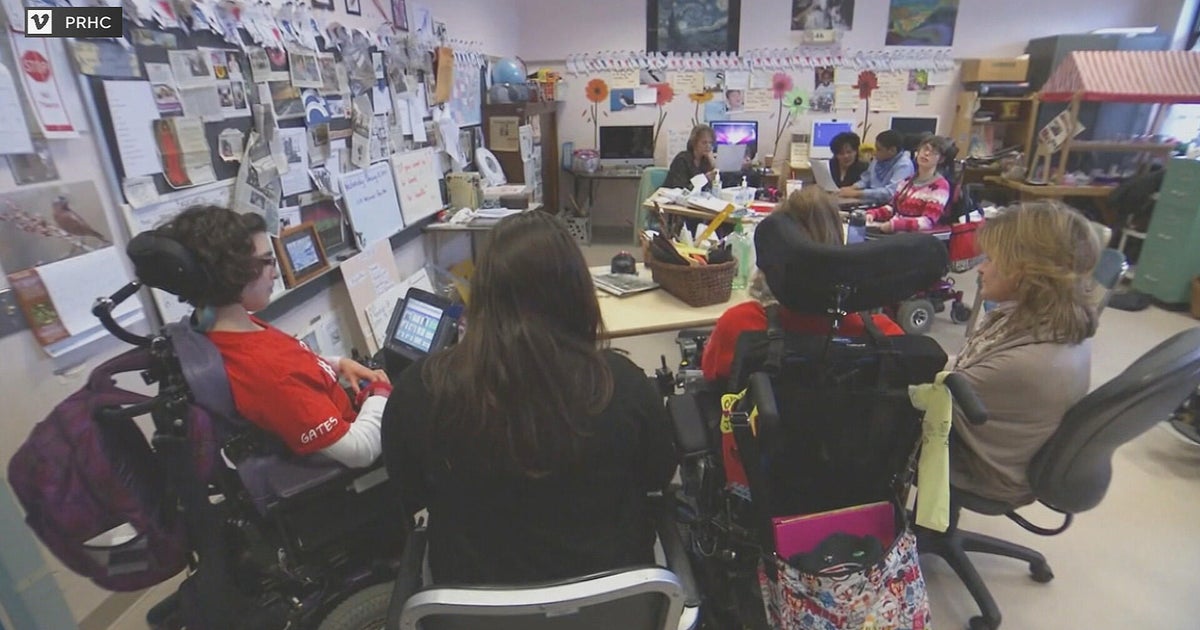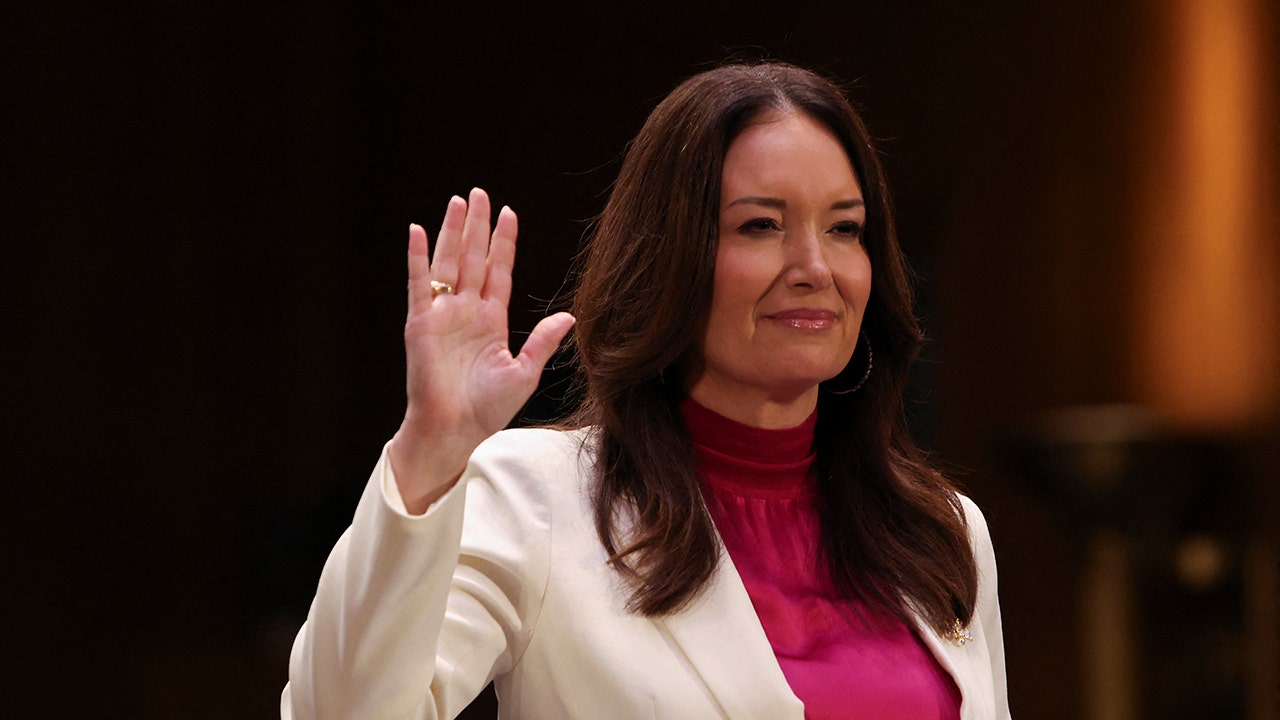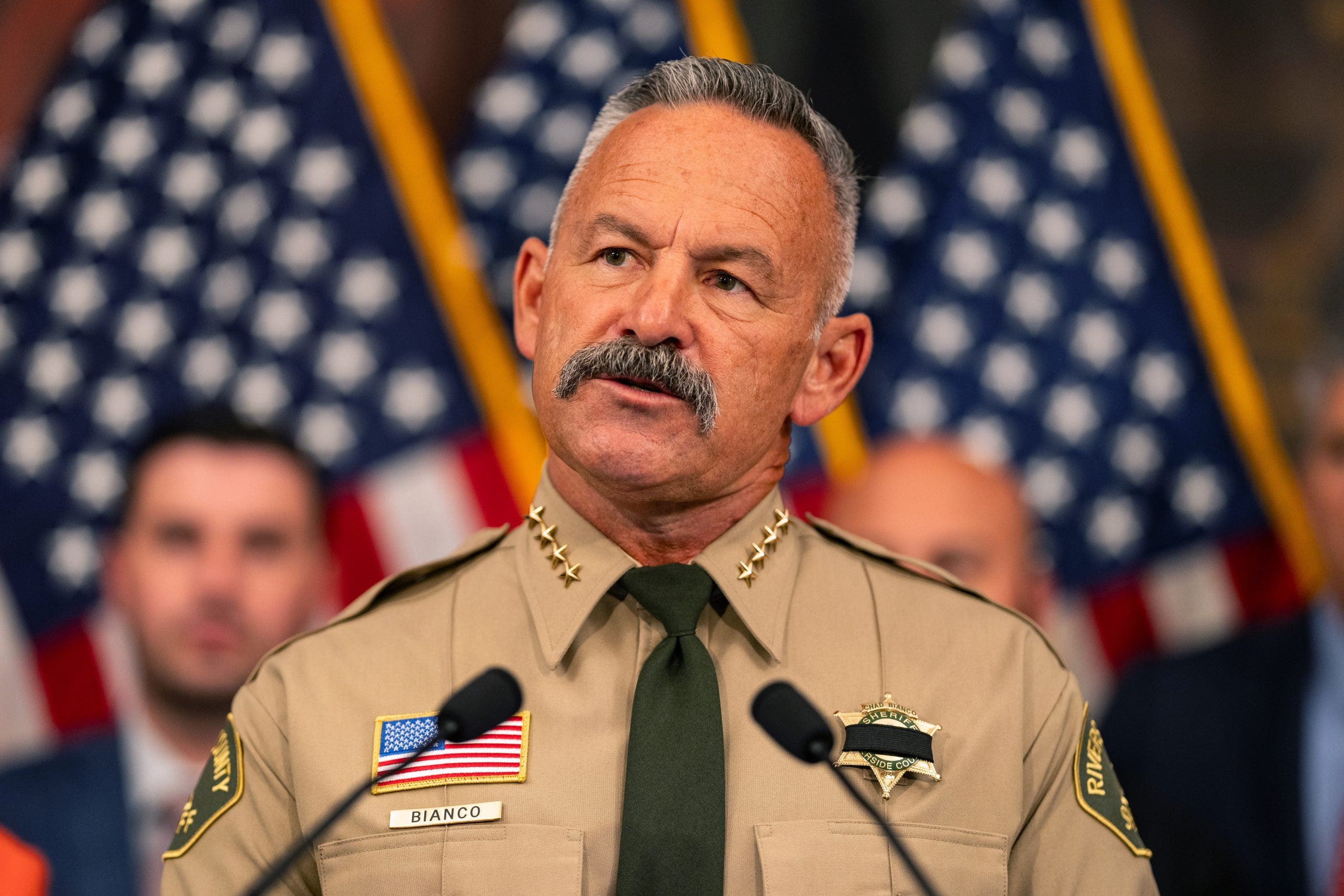Alaska
In effort to tidy Anchorage trails, Alaska Trails seeks volunteers for last events of season
/cloudfront-us-east-1.images.arcpublishing.com/gray/RKOAY3OMNZAKRHD4WE245NCGIQ.jpg)
ANCHORAGE, Alaska (KTUU) – An Anchorage-based nonprofit, focused on making sure recreational trails in the region are in good shape and ready for use, was back at work again Wednesday as it nears the close of the 2023 season.
Alaska Trails, which is in its 20th year and runs largely off the support of volunteers, was working Wednesday morning on the popular Near Point Trail, in the area of the Stuckagain Heights trailhead. The project is one of more than two dozen on the group’s list for attention in 2023.
“Each summer, we do about 25 volunteer events,” said Alaska Trails’ Maya Kaup, who joined the organization last year. “We’re out nearly every weekend on different trails in the Anchorage bowl, even all the way down to Seward, and we’re clearing brush. That’s what we’re doing today — it’s called trail brushing, getting all those alders off the trail, making it safer so you’re not smacked in the face by a branch and so you can see more and make sure bears aren’t right around the corner. So it’s safer in that sense.”
Kaup said Alaska Trails crews also work on treads of trails as well, making sure there aren’t huge puddles or other obstacles for people to run right into. The group hand-builds trails as well.
“I am someone that is out on the trails every weekend,” Kaup said, “and I’m the kind of person that enjoys staying on the trail; I’m not an off-trail person, I get lost easily. So having a clearly defined trail I can follow is really important. And I just really appreciate sustainable trails as well.
“A lot of trails go straight up the mountain, and that’s not always great for sustainability,” she continued. “You know, there’s a lot of erosion, the trail sometimes disappears when there’s a big storm that comes through, so what we like to do at Alaska Trails is build sustainable trails that will last for years to come that are safe and fun for everyone to enjoy.”
Alaska Trail Stewards, as the group’s volunteers are called, covered an estimated 52,381 feet of trail in 2022, and donated 1,108 hours of work over the course of 24 events that year.
“Our land managers, like the Chugach State Park rangers and U.S. Forest Service, they just have a backlog of trail maintenance,” Kaup explained. “There are so many trails in Alaska, and they just don’t have the resources to keep all those trails maintained. So that’s a main reason why we come in — and it’s a main reason why Alaska Trails was first formed — is to help out those land managers and make sure everything is in great shape for everyone to enjoy.”
There are three more events hosted by Alaska Trails that are happening in the month of September. The first is on Sept. 9 and will focus on the Horsetail Falls Connector trail in Whittier. A week later, on Sept. 16, workers will be at McHugh Creek, and on Sept. 23, a team will tackle a section of Mt. Baldy. A volunteer appreciation event is slated for Oct. 5 at Double Shovel Cider Company.
Those interested can learn more about Alaska Trails and how to sign up to volunteer, donate, or simply learn more about the organization at this website.
Copyright 2023 KTUU. All rights reserved.

Alaska
Ukrainian refugees in Alaska uncertain what to expect after Trump announces possible negotiations

ANCHORAGE, Alaska (KTUU) – A phone call between President Donald Trump and Russian leader Vladimir Putin prompted local refugees to consider what comes next for their home.
According to Trump the call between the leaders Wednesday struck an agreement to begin negotiations and end the Ukraine war; beginning with a prisoner swap.
Alaska hosts a number of Ukrainian refugees, according to Catholic Social Services Refugee Assistance Services — the only refugee resettlement agency in the state — it’s seen an influx of Ukrainians entering Alaska since 2022 when the war first broke out.
Based on Trump’s statements there is potential for negotiations, but Secretary of Defense Pete Hegseth also said Wednesday that Ukraine should give up any NATO aspirations.
One Alaskan who came to the U.S. as a child in 1998 said many Ukrainians are simply overwhelmed.
“We don’t have the emotional capacity to have a big response,” said Zori Opanasevych, who now operates the Ukraine Relief Program.
“I think that when it happens there will be a relief,” said Opanasevych, but before there is more information about what might come out of the negotiations Opanasevych said there is both a lot of hope and a lot of uncertainty.
Opanasevych anticipates there will be many who question Ukrainian refugees in the U.S. about their immigration status, and worries there may be talks of deportation even for people who have obtained residency through all the proper channels.
If refugees who have sought safety in the U.S. were sent back to Ukraine, they would be stripped of everything they’ve built, according to Opanasevych.
“Their concern is that they don’t have a home to go to because a fifth of Ukraine is destroyed,” Opanasevych said. “The economy is nonexistent, almost, and they’ve built their lives here.”
According to Catholic Social Services, they currently serve 735 Ukrainians, but estimate there are more than 1,000 Ukrainians in the state. Not all of them are enrolled in the services CSS provides.
See a spelling or grammar error? Report it to web@ktuu.com
Copyright 2025 KTUU. All rights reserved.
Alaska
Alaska Senate leaders suggest new revenue measures to address looming budget deficit

Alaska Senate leaders signaled Tuesday that they were open to considering new revenue measures this year to help stabilize the state’s looming budget deficit.
“We haven’t addressed revenue for decades,” Sen. Lyman Hoffman, a Bethel Democrat, told reporters. “I think it’s high time the Legislature looks at raising new revenues if we want to accomplish the many things that we want to do. If not, I don’t see a clear path forward to balancing not only this year’s budget, but next year’s budget.”
Budget analysts predict that without additional revenue, the state could face a $500 million shortfall during the coming year, even without increasing the state’s education budget — a top priority for leaders of both the House and Senate.
Hoffman, who has served in the Legislature for more than 38 years, said “the state of Alaska is probably facing its largest fiscal problem in 30 years.”
He said the fiscal crisis is driven in part by the Legislature’s efforts this year to significantly increase education funding, a task lawmakers have not undertaken in more than a decade. A bill backed by House leaders would increase the state’s education budget by around $150 million in the coming fiscal year compared to the current one, and hundreds of millions more in the following two years.
Hoffman said the Senate majority had already discussed new revenue measures during a retreat before the beginning of the session.
“I’m glad to report that new revenues are on the Senate’s list of things that need to be addressed this year,” he said.
Rep. Andy Josephson, an Anchorage Democrat who co-chairs the House Finance Committee, said the House majority had not collectively discussed new revenue measures.
“I suppose we would entertain other revenue measures, but we’re also very aware that this governor vetoed a tobacco tax bill, he vetoed a Turo tax bill,” said Josephson. “So I think the 21 of us don’t want to just chase windmills and pursue things that simply aren’t going to happen.”
Gov. Mike Dunleavy in December proposed a largely status quo budget with a projected deficit of $1.5 billion. He has not introduced new revenue measures this year.
In 2023, Dunleavy introduced legislation to allow the state to bring in revenue from carbon sequestration. The law has yet to yield income for the state. He signaled two years ago that he would introduce a sales tax in the final weeks of the legislative session. But he never introduced the measure.
Senate President Gary Stevens, a Kodiak Republican, said the Senate majority has not discussed a sales tax or an income tax. Instead, both Hoffman and Sen. Bill Wielechowski, an Anchorage Democrat, pointed to possible measures that could increase taxation of oil and gas companies in the state by hundreds of millions annually.
“I think there are things that can be done which would have very little impact on investment, very little impact on Alaskans, and would help us solve our budget deficit,” said Wielechowski.
Those include a reduction in the per-barrel tax credits given to oil companies, and an amendment to the state’s tax code to apply corporate income tax on certain private corporations, including Hilcorp Alaska.
Sen. Robert Yundt, a freshman Republican from Wasilla who serves in the minority, on Monday introduced legislation meant to ensure the state’s corporate income tax is applied equally to companies in the state.
Stevens said his caucus was “really pleased” to see that legislation introduced by Yundt and said the Senate would be “moving forward” with that bill.
A similar measure considered by the Senate — and ultimately abandoned — last year would have increased taxation on Hilcorp, one of Alaska’s top-producing oil companies, by over $100 million.
In a written statement, Yundt said he introduced his bill because he thinks all companies should be “treated and taxed exactly the same — which, unfortunately, is not currently happening.”
“This legislation has the ability to create the even playing field that will benefit both industry and residents alike,” Yundt said.
Sean Maguire reported from Juneau and Iris Samuels from Anchorage.
Alaska
Grammy-winner Sean Paul to perform at 2025 Alaska State Fair

Grammy-winning Jamaican singer Sean Paul will perform at the 2025 Alaska State Fair.
The platinum hitmaker with multiple chart-topping songs will perform at 7 p.m. Thursday, Aug. 28, the fair announced Tuesday.
Paul rose to prominence in the 1990s, collaborating with other artists until his solo debut, “Stage One,” in 2000.
A master of the Jamaican dancehall genre, he won a Grammy for his 2004 album “Dutty Rock,” which featured hit singles “Gimme the Light” and “Get Busy.”
Tickets for the show go on sale 10 a.m. Friday at alaskastatefair.org.
Paul joins “Weird Al” Yankovic, Foreigner, Rainbow Kitten Surprise, Chris Tomlin, Billy Currington and 3 Doors Down on the fair’s performer lineup.
The fair runs from Aug. 15 to Sep. 1 at the state fairgrounds in Palmer.
-
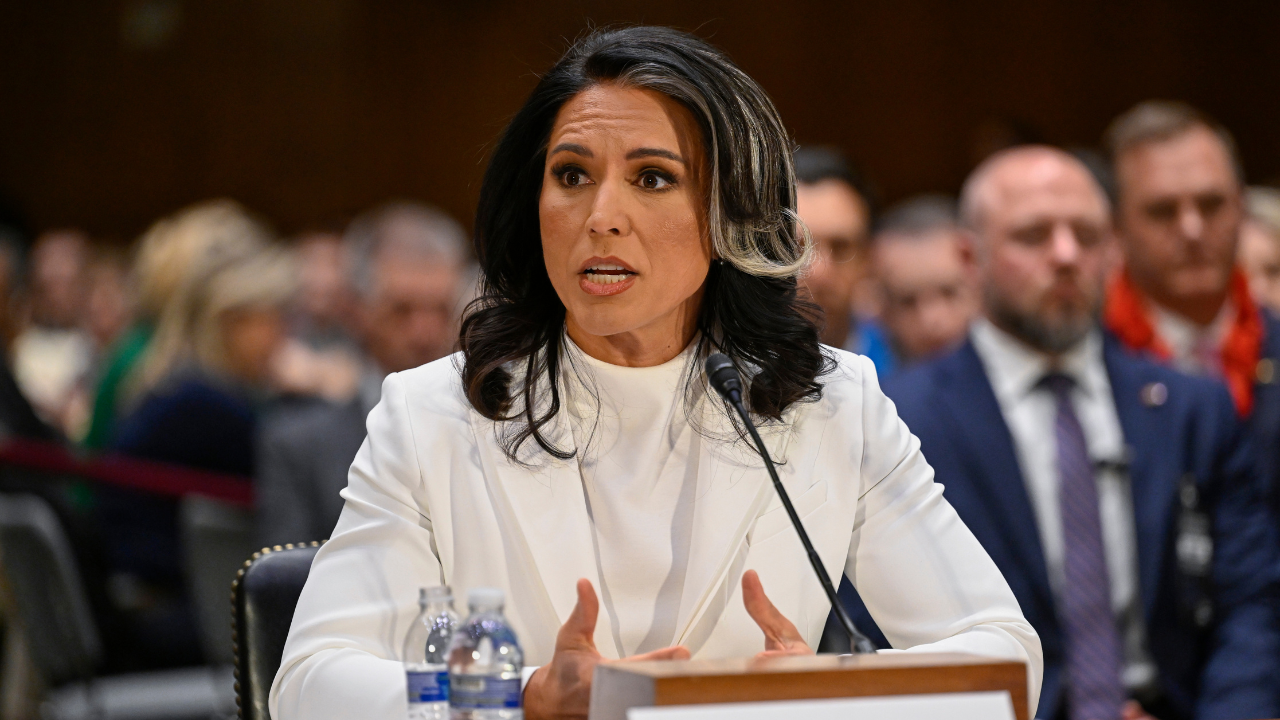
 Politics1 week ago
Politics1 week agoTulsi Gabbard confirmation fate to be tested with key committee vote
-

 Technology1 week ago
Technology1 week agoTrump’s first 100 days: all the news affecting the tech industry
-

 News1 week ago
News1 week ago'Beyond betrayal.' Venezuelans in Florida are angry at Trump immigration policy
-
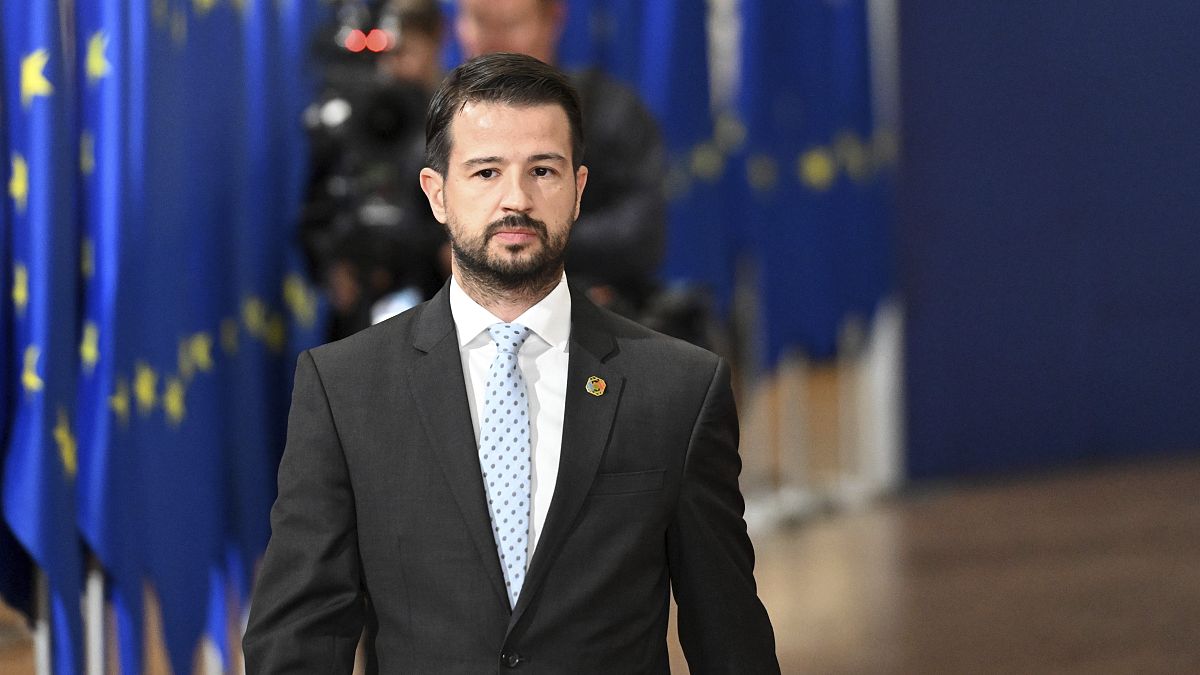
 World1 week ago
World1 week agoMontenegro pursues values-driven EU enlargement process
-

 World1 week ago
World1 week agoTrump says US will ‘own’ Gaza in redevelopment plan
-

 News1 week ago
News1 week agoCongressional Democrats to Trump: Changes can't be done in secrecy
-

 Politics1 week ago
Politics1 week agoCIA offering buyouts to its entire workforce: report
-

 Education1 week ago
Education1 week agoTrump’s Orders Could Drain Millions From Universities, but Few Protest Openly


